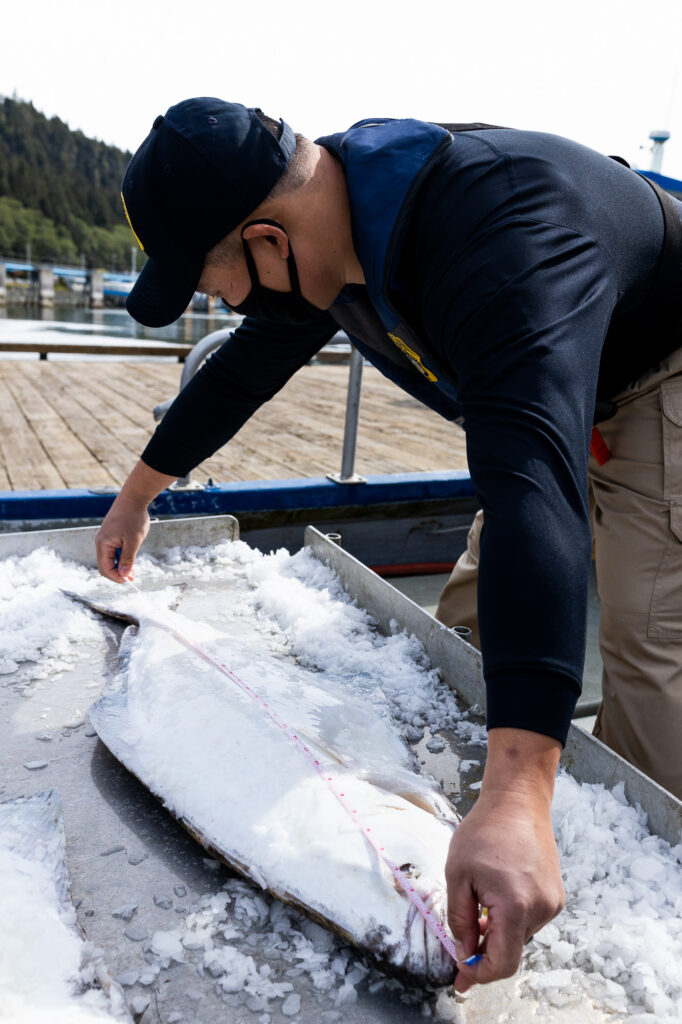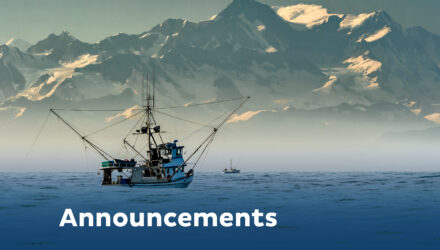The Measure of Success: Halibut Sustainability


Believe it or not, drifting through shimmering ocean inlets neighbored by snow-capped mountains, glaciers and vast forests is considered a ‘day at the office’ for some commercial halibut fishermen.
Not only are the fish nutritious and delicious to eat, with tender meat and subtly sweet flavor, they can weigh up to 500 pounds, making for ultimate fishing bragging rights. With nicknames like “barn door” for the big ones, and “chicken” for the smaller guys, halibut are a flatfish with two eyes on one side that sport brown skin on top, which allows them to blend into the ocean floor, and a white belly underneath.
Since halibut have such a massive range – from California to Alaska to Japan – they’re managed by an international treaty as one fishery. The International Pacific Halibut Commission (IPHC) assesses halibut populations and sets catch limits each year for fishermen that ensure the fishery can continue for generations to come.
Regardless of the state or country, halibut fishermen play an important role in ensuring the right fish are harvested while others are put back. For halibut, the “right” catch means it’s properly sized.
In fact, monitoring size is the critical tool employed within the complex, international management system for halibut. The moment it comes on board, every single fish is measured to ensure it meets the minimum size requirements. If the fish is too small, it goes back.
Moreover, fishermen take a break, usually from November through early March, when halibut spawn. These set seasons, like the size limits, change year to year based on science.
The precautions for these fish doesn’t stop there. The ways fishermen set out to fish has evolved as well. In the ‘90s, fisheries managers abandoned the old derby system model, which resulted in a “race to fish” that was unsafe for the fishery and fishermen alike. Today, fishermen use a quota system, which was established based on allocation. Quota holders now choose when to go out fishing during a nearly nine-month season. The result is a higher quality product, improved safety for the fishermen, less waste and higher overall value of the fishery.
Today, halibut are monitored by officials from several nations who watch the sizes and stocks and relay new guidelines to fishermen. This framework ensures that, no matter where you are around the world, the Alaska halibut that lands on your plate is responsibly harvested and sustainably caught.



